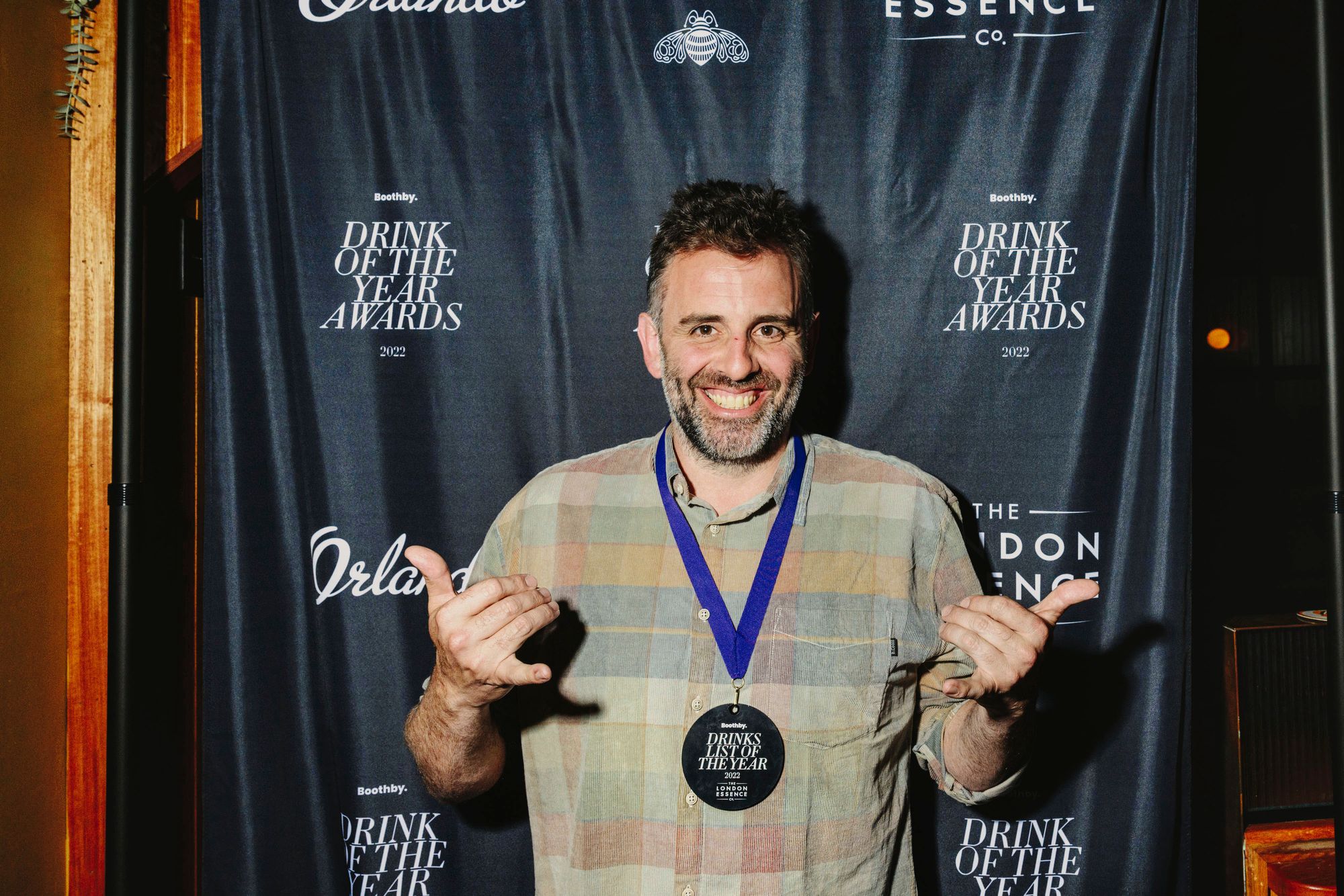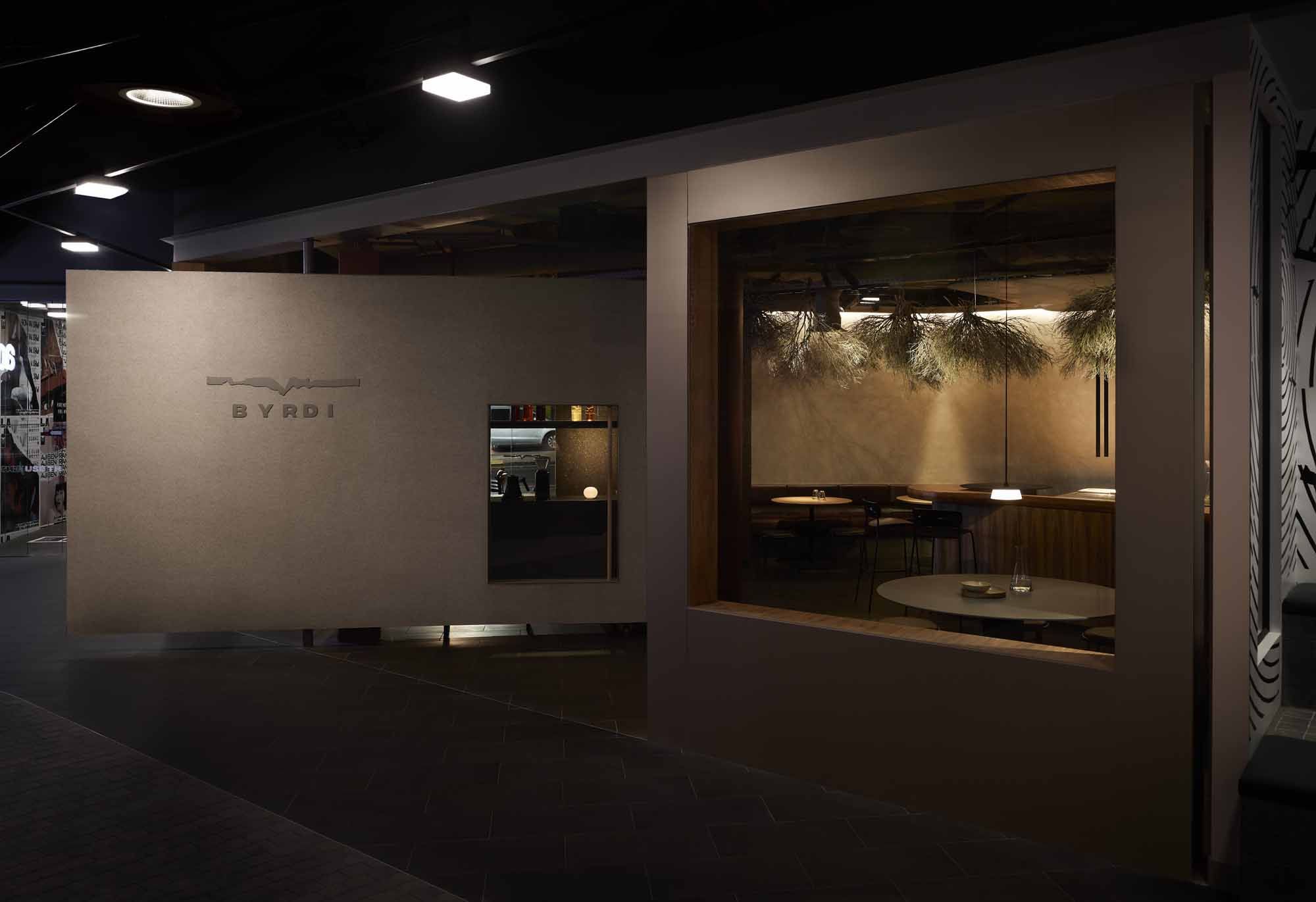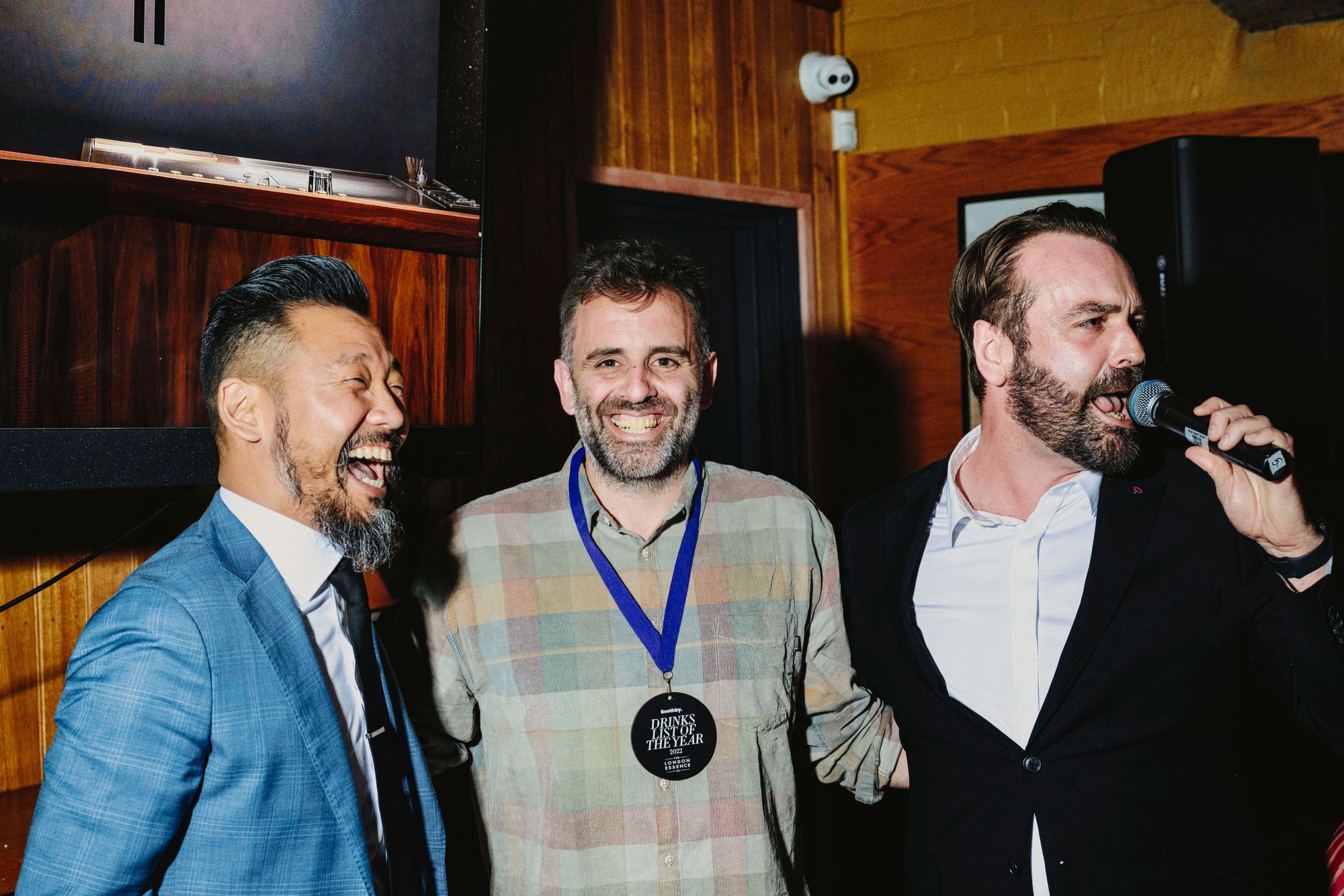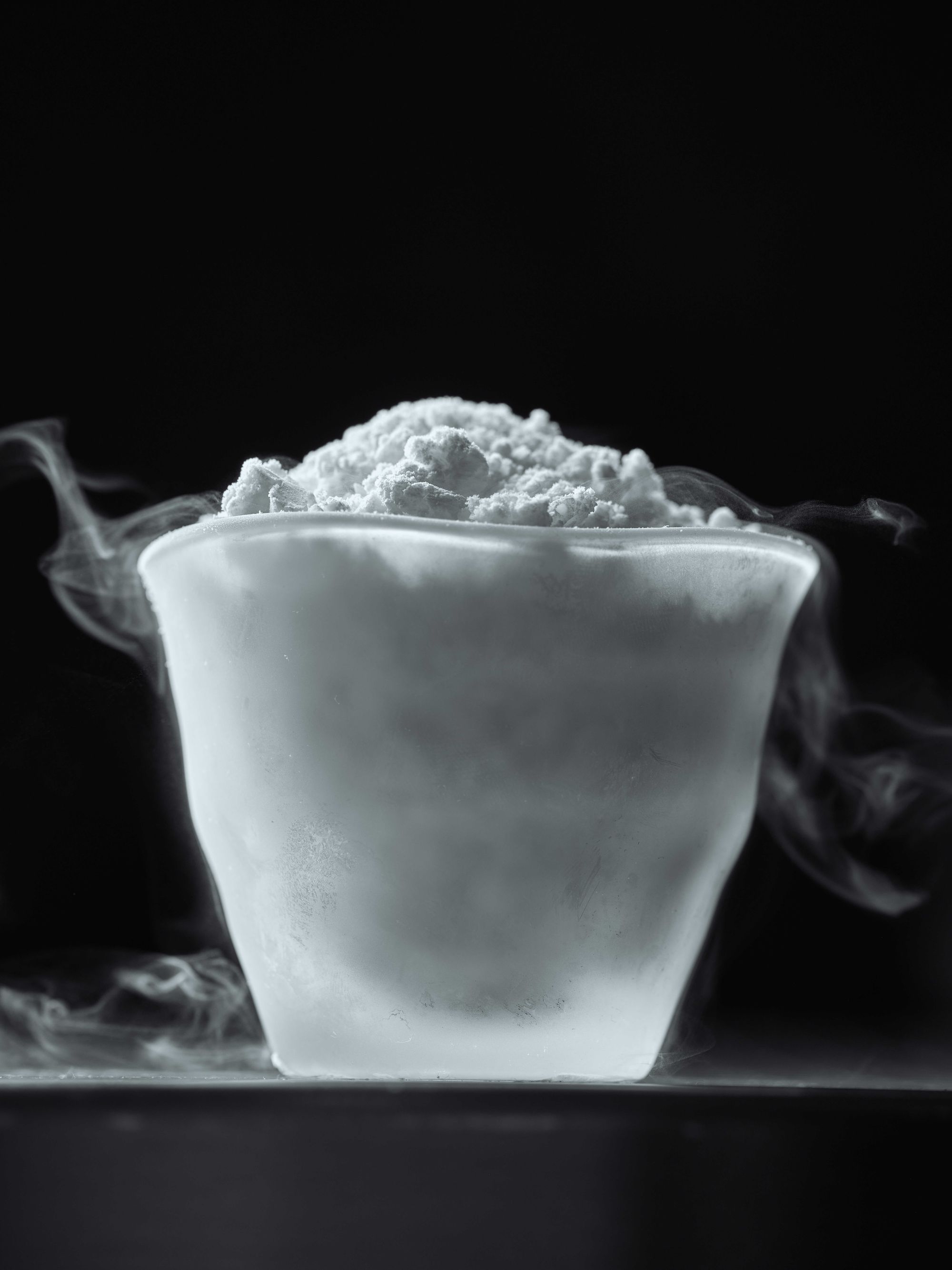Luke Whearty on how he puts together an award-winning drinks list
The bartender-owner of Byrdi in Melbourne on menu structure, and why “it’s hard to be surprised these days.”

A quick note up top: a big thank you to everyone who has subscribed to Boothby in the last few weeks! There’s now more than 850 Boothby members — and more than a few of you who are paid members — your support is amazing and much appreciated. If you’d like to become a paid member, you can help to support Boothby from $10 a month or $99 a year right here.
What makes a great drinks list? There are no hard and fast rules, but I think the best speak to a bar’s reason for being.
I love cocktail menus, and will take them home with me whenever the bar wants to share it. They’re little snapshots of short moments in time, reminders of memories of a great night out. And if they’re done well, punters will want to steal them, too.
Melbourne bar Byrdi has a beautiful list — it’s a neatly designed one-pager with smart, delicious drinks, and at the Boothby Drink of the Year Awards last month, it won the Drinks List of the Year presented by The London Essence Co.
To decide the winner, we asked our 100-plus person Boothby Advisory Panel — a panel made up of bartenders and bar owners and industry people with smart opinions and years of experience — to vote for their three favourite lists, and ranked their choices accordingly, with Byrdi’s list taking out the top prize.
Below, lightly edited and condensed for clarity, Byrdi's bartender-owner Luke Whearty talks about what he likes to see on menus, how he has structured their list (and why it’s now difficult to change), why it’s hard to surprise customers today, and how his past experience, at bars like Der Raum, Tippling Club, and his former bar Operation Dagger in Singapore, have shaped what he does today.

Sam Bygrave: How did it feel to win Drinks List of the Year at?
Luke Whearty: To be perfectly honest with you it was completely unexpected. Obviously, because I was part of the judging process as well, I was looking at things a little bit differently. For example, my vote went to Jacoby’s Tiki Bar, because I just thought it was a really beautiful looking menu. And when I measured that up against ours, I was like, yeah, we’re never winning this. But it was nice to know that people were [looking] in a little bit more depth than I was.
No, I know what you’re saying about the Jacoby’s list — it just looks fantastic.
Yeah, just super fun. I loved it. But you know, obviously, there is a lot of effort put into each one of our lists, and because it changes so often, it’s very seasonal. What a lot of people probably don’t realise is that, the drinks list and the way it’s constructed, the physical layout, and even the number of drinks, that has been kind of slowly evolved over the last 10 to 15 years. And we’ve just found something that really works and is efficient on so many levels. To the point where it’s actually really hard for me to change it now because it works so well for us.
How do you mean? In terms of changing the drinks, or changing the structure to the menu?
More to do with the structure. What I mean, in terms of it being efficient, it works for us. I go to a lot of cocktail bars still and I will look around the room and I’ll still see a fair amount of people drinking beers and wines and that sort of thing. Even the world’s best bars, they’ll have crowds in, they’ll just be happy on the beers. Whereas I would say we’re the exception, and I have not really seen a bar that is like [it] — the drinks list and especially the seasonal drinks are so well received and that is the majority of drinks we serve. It’s a super high percentage, it’s in the high 90 percent of all drinks, which is exactly what we want. We want to give people a different experience. We’ve got always got some great wines and beers from local producers that we love. We don’t try not to make any shortcuts there. But it is very short and concise.
It just works for the reason that people come to us for those seasonal drinks and whenever we change the menu, they’re there on day one of the [new] menu.

That’s great that people understand that it’s a new season, there’s gonna be a new list and they’re coming back in for it.
Yes, it is amazing. It’s exactly what we want. So instead of people visiting, you know, maybe once a year, we can, at least ensure that they’re gonna visit at least four times a year, because we changed the menu. And we still have got our core group of regulars, and we’ve got some off-menu drinks, and that sort of thing.
It’s even the structure. I put up a post the other day, I put up some of the photos of the old Operation Dagger menus, and you can see the format of how we lay it out. It’s very similar to Byrdi, where we’ve got six core drinks that are brand new for that season, then another four drinks that are Byrdi classics that we’ve brought back from a previous season. And then a concise selection of beer, wine, spirits, whatever. And, yeah, it’s come from those days of Operation Dagger where it was a less is more sort of attitude, really stripping back all the superfluous things.
A lot has changed, I think that’s sort of embraced now at the moment, which I think could probably have played to our strengths and the reason why people voted for us — minimal lists are pretty celebrated and accepted these days. Whereas 10 years ago, those menus, they’re like novels, pages and pages and pages. Now, if I’ve got any more than a one pager in front of me, I get lost.
I find there’s too much choice — I get paralysed by the choice almost.
I was in London, earlier this year, and I went to Silverleaf. They’ve got really cool drinks, I think they’re probably some of the best drinks I had in London. And they’ve got a really beautiful menu where each drink is inspired by an artwork and you turn the pages, it’s brilliant, colourful artwork that pops out and is really amazing. But there’s four sections, and you see a drink you like, but by the time you go through the rest of it, you’ve forgotten the drink that you really want. And I just think from a customer’s point of view, it’s not really efficient.
As well, we’re only 50 seats at Byrdi. And quite often on Friday or Saturday night, we want to get a drink in someone’s hands as quickly as possible. You know if they’re sitting there for 10 to 15 minutes, just having to go through the menu, that’s all time. Time is money for us.
That’s it and people are having conversations as well. You’re talking with your friends. And when you do that, and then you lose your place and you forget what you’re doing. Sometimes a one-pager, to the point, is good.
I like the way things are going in terms of minimalism. Also, the beauty for me of different cocktail bars is you go to each place for that specific experience, you know? It used to be more common that you’d go to bars and everyone had to do everything. I even think back to the early days of Der Raum, we were doing really progressive drinks, but we still had to make the whole gamut of classics as well. Which kind of meant that we weren’t able to really, really push what we were doing, because we still had to make another 100 or so drinks that were regularly ordered.
Nowadays, you can say to someone, this is what we were doing for today. And we build it really heavily into our service sequence when everyone comes in. You get asked, Have you been here before? We walk through the differences. We tell people, this is what we’re doing, and this is how the menu’s structured. And for that reason it kind of herds people into the right direction of where we want them to go. And it builds trust. And the end result is we’re then selling the drinks we want to sell.
When you walk into Byrdi, there’s no back bar and those immediate reference points that tell you you’re in a bar are taken away, so you do need to have that sort of service style.
Yeah, it’s something I talk about a lot when we talk as a team. And it’s one thing that I’m really, really adamant about, I talked about the fact that there’s a lot of things that we do that actually take people out of their comfort zone. Conversely, we have to actually make a lot more effort than maybe your everyday cocktail bar would have to do to make them feel comfortable again, and make them feel that they trust us. It’s not just a matter of giving the menu to the customer and leaving them to their own devices. If we did that, I think 90 percent of people will probably walk out of there, and not have a good time.

Because it is a bit disorienting, if you’ve not been there before.
Yeah, it’s not just the cocktail menu on its own, it’s one tool that we use, and then it is coupled with that service style and a really structured service sequence that is probably more akin to a fine dining restaurant than a bar. And then that in itself has come from my experiences, places I’ve been involved with in the past. I always cite Tippling Club as a big influence. But taking those elements from different places and applying it to a bar, and the end result is Byrdi — it’s sort of a conglomerate of everything. It’s not quite specifically a cocktail bar, not quite a restaurant, but it’s kind of everything.
It’s very Luke Whearty.
Just all over the shop.
What are the hallmarks or the elements of a really good drinks list for you?
For me, definitely, I would say the big one is locality and then supporting local producers, and having a point of difference for where you are. So if I go visit a bar in London, or New York, or, you know, Malaysia or Singapore or Australia, I want to be tasting what that place is all about, something specific to that time and place. For me, I think it’s this weird thing where, and don’t get me wrong, I always have to say a little footnote, I’m not against classic cocktails. I just find it interesting that, in a lot of ways, we drink the same drinks all around the world. Like, try and go to the next stage of okay, even if we’re making a classic, how are we going to make it specific to that season? In the warmer months, spring and summer, our house Manhattan actually changes. We make a lighter, brighter style Manhattan in the warmer months, and a heavier, richer style in the colder months. That for me just makes sense.
So I think a bit of thought into that is something I always look into. And you know, what makes your bar unique? Showcase that. And then the other one is, like I said, it’s just something that’s concise. Is it clear? Is it easy? Am I gonna get lost turning pages? Design becomes a huge part of it. And even having something as minimalistic, I mean, that is a design elements as well.
I think in the next couple of years, you’re going to see more bars opening that are a little bit more niche and not trying to be all things to all people, but focusing on what they’re strong at and what they want to celebrate. And that, for me, creates a better cocktail culture within that city, because you’ve got a whole range of different bars rather than all of us feeling and looking the same.
And the standard now of cocktails is so high, you can get a good old fashioned in the corner boozer now. So if you’re going to be, a proper high end cocktail bar, how do you differentiate yourself?
I think that started changing for me years ago, when it became apparent to me that it wasn’t good enough just to make a bourbon Negroni — people weren’t surprised by that, because people were doing that at home. I remember back in the day, 12 years ago, you could do that. You’d be like, oh, so what do you normally drink? Oh, a Daiquiri? Here’s a 20th century. And people were just blown away. And swapping out one ingredient for another one, I guess that Milk & Honey style of having the cocktail families — people were just blown away by it. They thought you were this encyclopedia of drinks. And you felt pretty good about yourself. But these days, people can Google it right in front of you. And then they’re all making their drinks at home, the customer is pretty savvy these days. So for me, it was like, well, I’m gonna do something that they can’t do at home.
I’ve seen your recipes, man. There’s no way I’m doing that.
And it’s much like a restaurant. That’s the reason why you go out to a restaurant because you can’t cook those dishes at home. You can make spaghetti bolognese at home. Whereas you go to an Italian restaurant that is doing the finer details, because that’s what you don’t do at home. So I reckon I can do the same with drinks.
It’s nice to go to a place where you get something you can’t get anywhere else.
I think that’s really what we try and do. And that for me makes sense for any bar. That just makes sense, business-wise.

Can you give us a preview of this summer menu? What are you doing on this one?
Think 90s nostalgia. We’ve had a lot of fun with this. I think it’s probably our most fun drinks list. We’ve just kind of gone down the road of okay, what does summer mean to us? And what does summer mean to us as a bit of an international team? We’ve got people from Indonesia on our team, people from the UK, Japan. We’ve gone around the team and asked what does summertime mean to you? Even though it’s one common theme, and that nostalgic theme, there’s a lot of different references, which is cool. We’ve even got a tiki drink on this next menu. I think this is something we thought we’d probably never do.
We’re still going down the route of what we’ve been doing lately in that we’re shooting the drinks conceptually. So we’re just having a bit of fun with doing that. For the first couple of weeks of the menu, we don’t actually release any images of the actual drinks, so to speak. It’s more about this conceptual shot. And the reason being is because we want you to experience the drink visually for the first time when you actually come in. I guess we’re taking a stance against the world we’re living in right now where things are consumed before you’ve even been in.
I guess it means that when they come in and they see the drink, you know, you still have that element of surprise.
Which is increasingly harder to do these days. You Google a bar, you can see the drinks they’re making already. It’s hard to be surprised these days.

